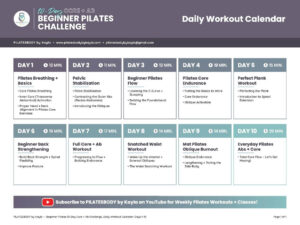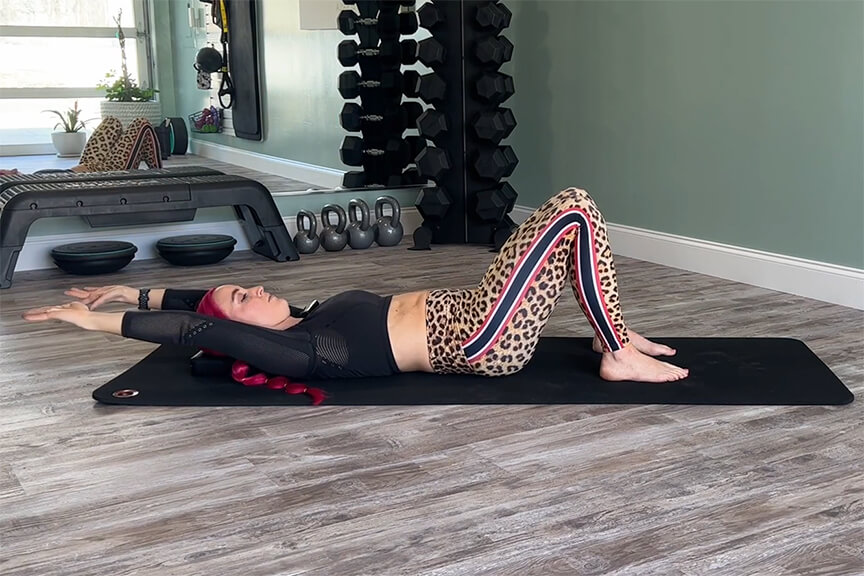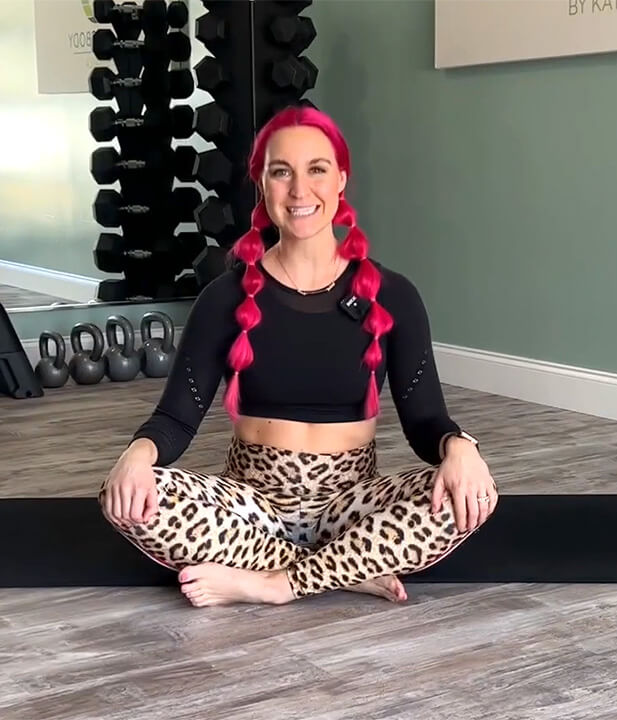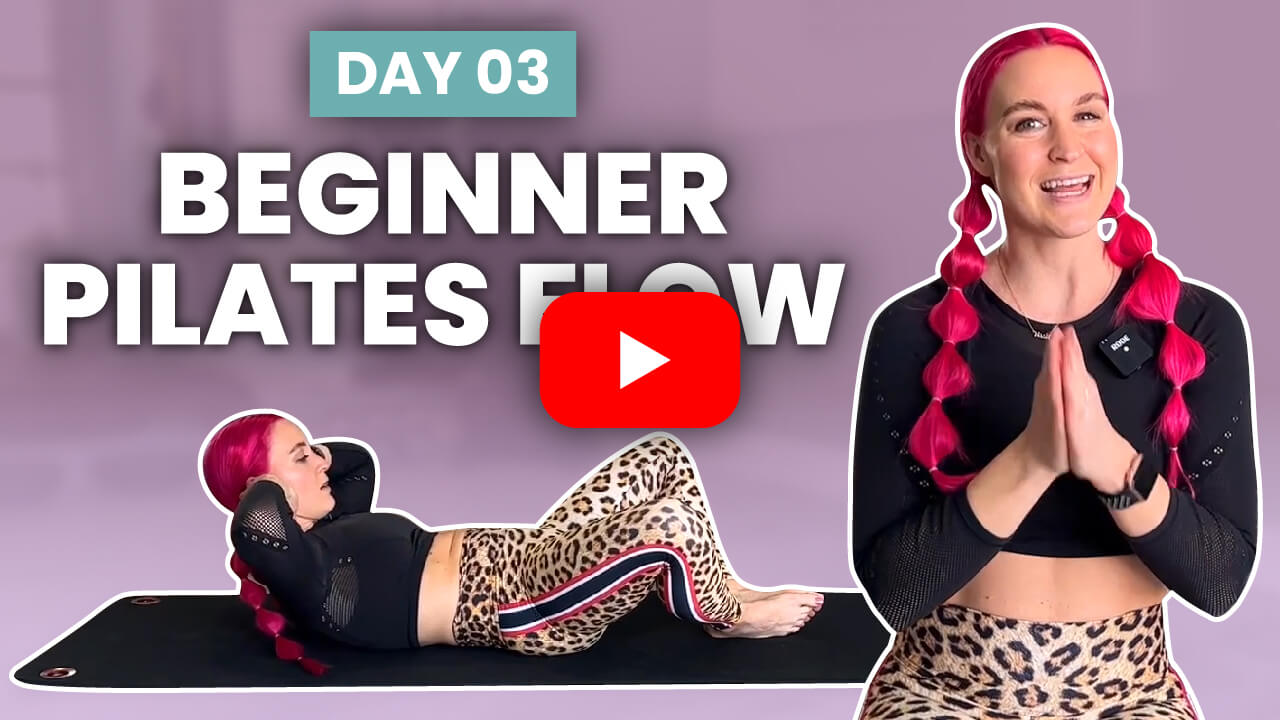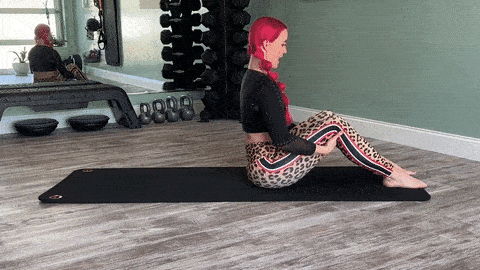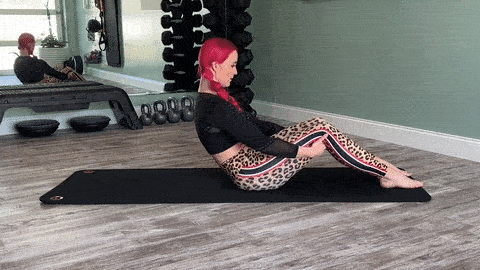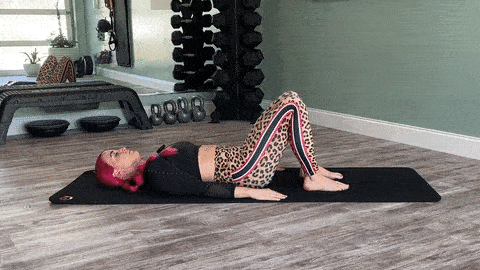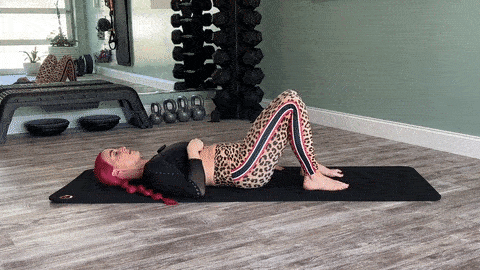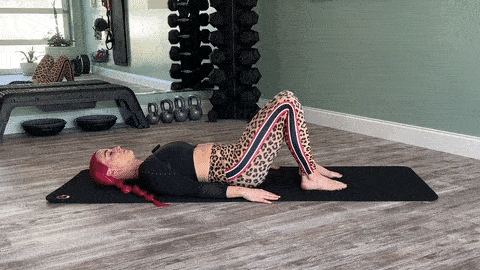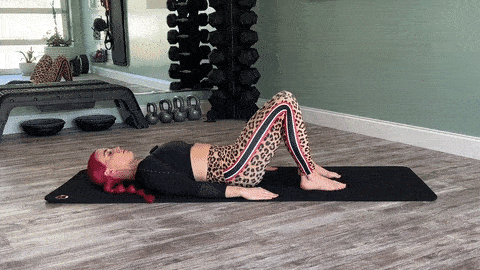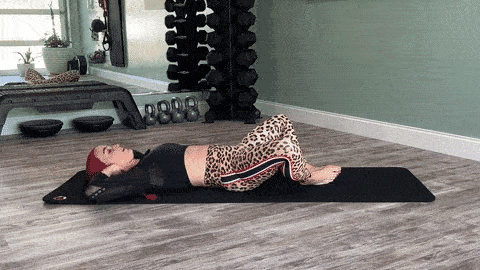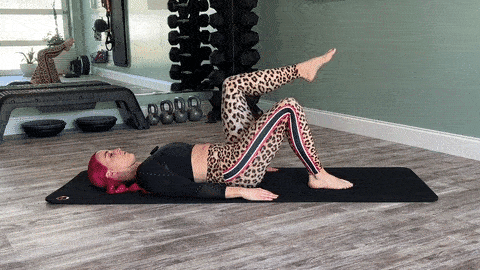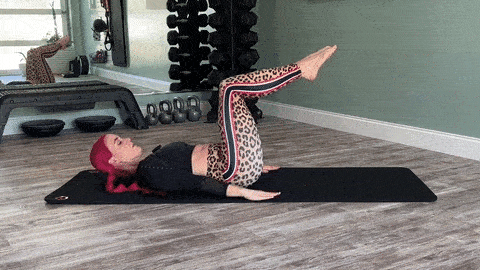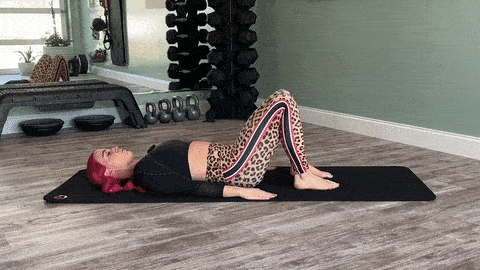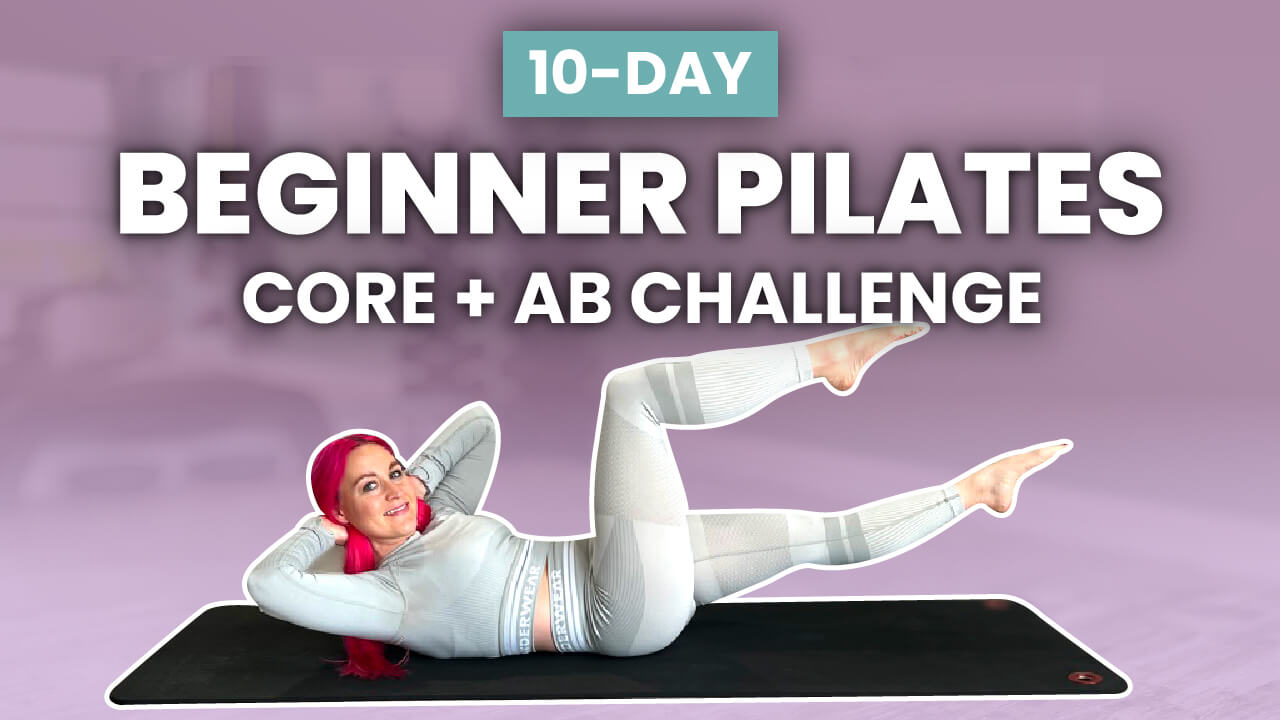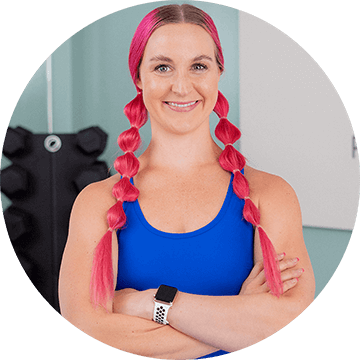Develop deep core endurance with this Beginner Pilates Daily Flow Workout that will challenge your core and help you build strength from the inside out. With a focus on proper alignment and breathing, you’ll improve your core and ab endurance while mastering the basics. You will go deeper by progressing the fundamental core movements that were taught in workouts Day 1 (Pilates Basics + Core Breathing) and Day 2 (Pilates Pelvic Stabilization) of the Beginner Pilates 10-Day Core + Ab Challenge.


